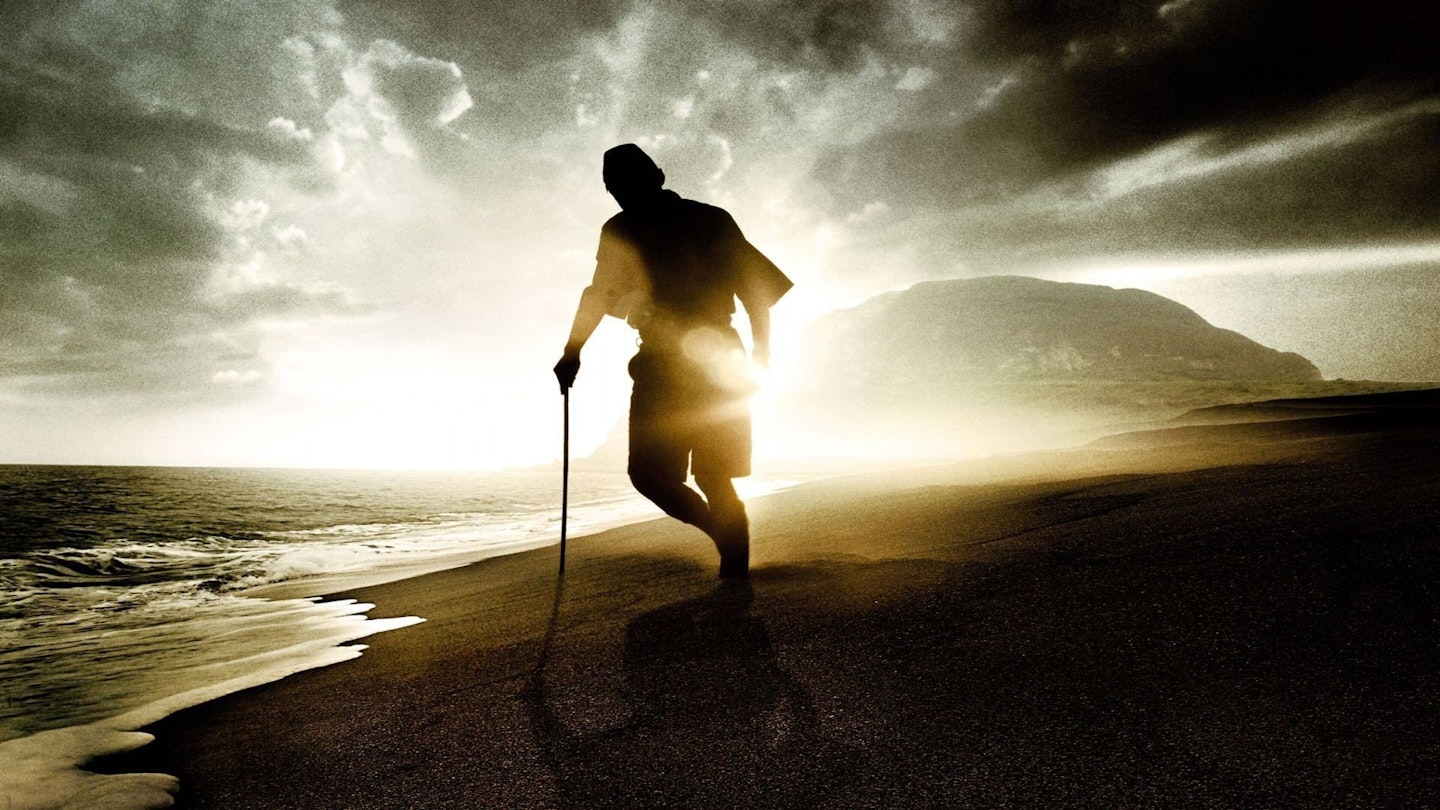Hollywood is often criticised for dehumanising its enemies, reducing them to shadowy shapes behind bursts of gunfire and the occasional Wilhelm scream. Somewhat understandable for a 1940s propaganda pic, but more recent examples (Black Hawk Down springs to mind) have left a sour taste in the mouth. Had Flags Of Our Fathers — Clint Eastwood’s account of the US servicemen photographed raising Old Glory at the peak of Mount Suribachi — been Eastwood’s only Iwo Jima movie, then no doubt it would have drawn similar critical heat.
But Clint couldn’t leave it there, with what he saw as half an untold story. So now we have something rather unprecedented: an entire, separate movie, released only a few months later, devoted entirely to the other side of the conflict. Not a sequel, but a companion piece — a parallaquel, if you like.
And a movie that’s considerably superior to Flags Of Our Fathers. This is partly because, given the shift of perspective, it feels fresher. But mainly it’s because the story’s simply better. Where Flags’ plot meant constant hopping from the battle itself to the flag-raisers’ publicity tour to modern-day segments, Letters is tight and focused, both feet planted firmly in the island’s black sand, with restrained use of flashback to flesh out key characters.
The Japanese half of the story is also more inherently dramatic. With no air or naval support, Iwo Jima’s defenders were vastly outnumbered, not to mention scantly provisioned, and facing the full, hi-tech might of the US war machine. Furthermore, they were all men who were told they’d be meeting their end on this unhospitable, sulphurous spit of volcanic rock — and assured that it was an honour for them to do so. They were expected to hold out for no more than five days. Under the sly command of Lt. General Kuribayashi (Ken Watanabe), who’d lived with and befriended Americans before the War, and who thought up the controversial tactic of digging into the rock and carving a network of tunnels and 5,000-odd caves, they held out for 35.
As the monstrous American force approaches and commences belching its deadly hail of fire and lead, we view the inexorable disintegration of Japanese resistance via a handful of compelling points of view. Most of the runtime is devoted to the opposite ends of the military hierarchy. At one, we have Watanabe’s Kuribayashi, a man of unflinching purpose, nonconformist strategies and paradoxical ideals, who will reflect with misty eyes on his happy days carousing with the American brass, then bark an order that not one man on his side is permitted to die without first killing ten Yanks. It’s a similar character to the one Watanabe played in The Last Samurai (sensitive, doomed warrior who displays sparkly curiosity and unconventional tolerance for his Western foes), but one less obscured by Hollywood gloss.
At the other end is the film’s true star, Kazunari Ninomiya’s Saigo,a conscript whose desire to stay alive for his wife and baby daughter outweighs his willingness to expire for his Empire. Unlike Kuribayashi, Saigo is untouched by Western influence, just a common footsoldier. Yet, with a bitter sense of humour and a determination to survive — even if it means surrender — he’s a deeply likeable antithesis of the harakiri/kamikaze stereotype.
Predictably, Eastwood’s key message is that there are good guys and bad guys on both sides; each is responsible for atrocities. On the Japanese side we see, in one particularly distressing scene, soldiers forced to commit suicide by clutching hand-grenades to their chests; on the American we witness captives executed because they’re too inconvenient to guard. But also, like Flags, it’s about what constitutes heroism, although in this case it’s better expressed, pondering the difference between dying for your country and fighting for it.

